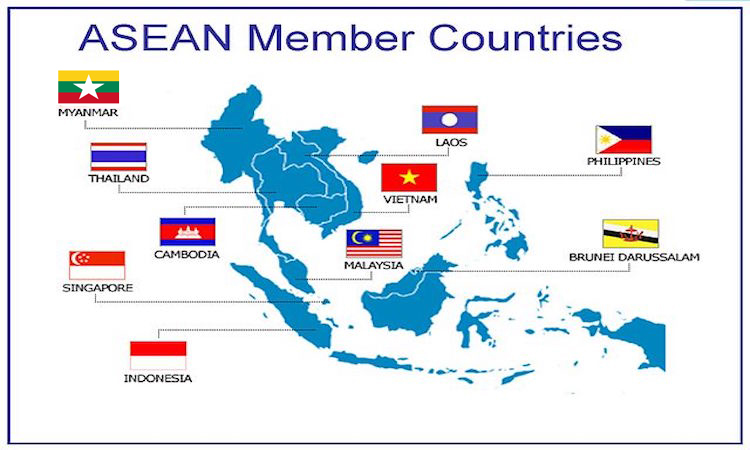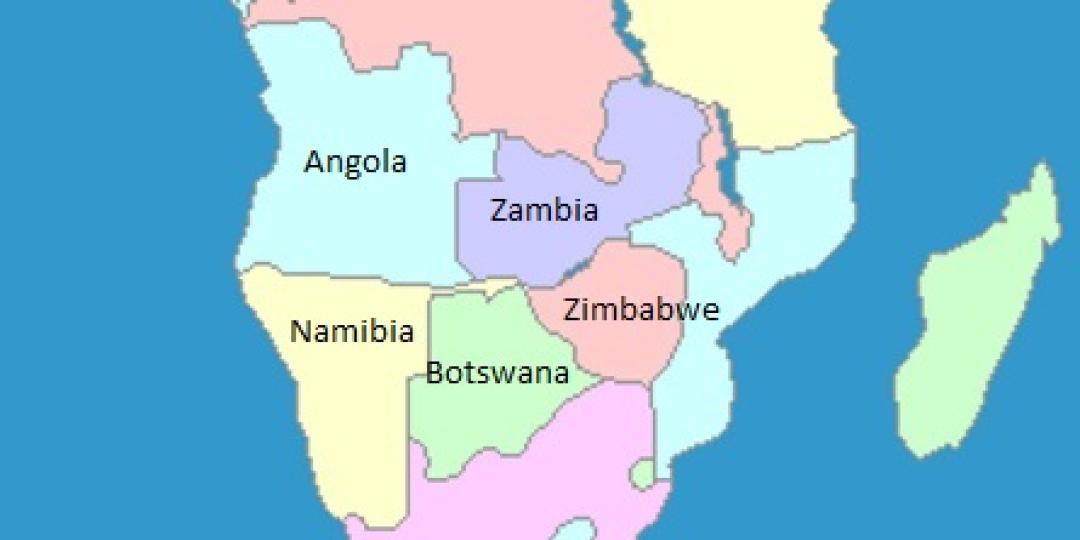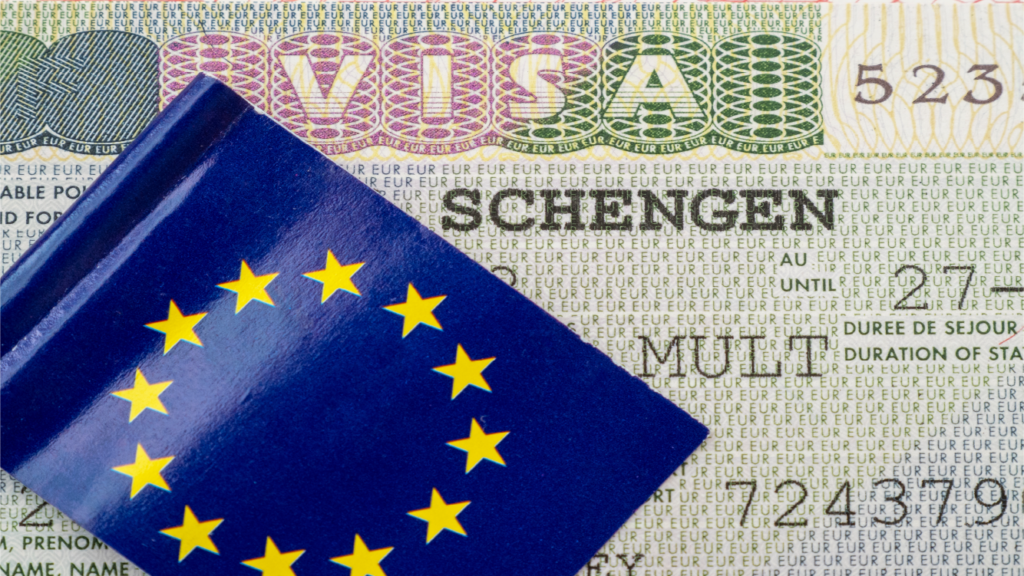The 3 Schengen-style visas have the potential to revolutionize tourism by providing hassle-free travel across multiple nations. The Schengen visa has already transformed tourism for holidaymakers worldwide, offering unrestricted access to 29 European countries with a single document. This will not only boost the economies of member countries but also saves significant time for travelers.
Countries in the GCC (UAE, Saudi Arabia, Qatar, Oman, Bahrain, and Kuwait), ASEAN (Thailand, Vietnam, Cambodia, Laos, Malaysia, and Myanmar), and parts of Southern Africa (Angola, Botswana, Namibia, Zambia, and Zimbabwe) are actively negotiating to create new unified visas.
These combined visas aim to drive tourism and attract visitors who wish to cross international borders and visit several countries on the same trip or within a short time frame. The three upcoming visas promise easier multiple-destination holidays with a single ticket.

GCC Unified Visit Visa
Negotiations for a GCC unified tourist visa are progressing, aiming to boost tourism and economic ties within the region, according to the Secretary General of the Gulf Cooperation Council (GCC).
Jasem Al-Budaiwi, Secretary General of the GCC, highlighted significant advancements in the unified GCC tourist visa project.
This visa will allow tourists to visit the UAE, Saudi Arabia, Qatar, Oman, Bahrain, and Kuwait.
Al-Budaiwi emphasized that this initiative, adopted during the 44th GCC summit in Doha, will promote tourism across member states.
UAE Minister of Economy Abdulla bin Touq Al Marri mentioned that the visa would permit travelers to spend over 30 days in the region. The unified tourist visa aligns with the GCC 2030 tourism strategy, aiming to enhance the tourism sector’s impact on the GDP.
Khalid Jasim Al Midfa, chairman of Sharjah Commerce and Tourism Authority (SCTDA), said the new visa system should be ready this year.
He said: “By the end of this year, the whole system will be in place. Many people and teams, led by the Ministry of Economy in the UAE and other ministries in other countries, are working on it tirelessly to make it happen in the best possible way, emphasising digital transformation”.
The implementation of the unified tourist visa corresponds to the GCC 2030 tourism strategy, which seeks to amplify the tourism sector’s impact on the GDP. The strategy anticipates that heightened travel within the GCC and improved hotel occupancy rates will serve as pivotal catalysts for its success.
The total number of hotel establishments in the region reached 10,649 by the end of 2022, with the UAE ranking second in the Gulf after Saudi Arabia. Additionally, the total number of rooms in hotel establishments across the GCC reached 674,832 rooms.

ASEAN Visa
A Schengen-style visa in the ASEAN bloc is expected to boost tourism in Thailand, Vietnam, Cambodia, Laos, Malaysia, and Myanmar.
A proposed single visa program, initiated by Thailand, aims to attract more long-haul and high-spending travelers.
Thai Prime Minister Srettha Thavisin has discussed this visa with counterparts in neighboring countries to ensure seamless mobility for travelers. This unified travel visa could attract more high-spending visitors by facilitating easier movement between these nations.
Local media reports suggest extending the visa duration from 30 to 90 days to enhance its appeal.
According to a local report, the proposals by Srettha are among a number of initiatives in a country where tourism accounts for about 20 per cent of jobs and make up around 12 per cent of a $500bn economy.
Vietnam has extended visa exemption for tourists from some 30 countries and territories as compared to over 80 of Thailand, he said, adding joining the initiative will be a quantum leap for Vietnam’s tourism visa policy. If Vietnam does not jump on the bandwagon, it will lose tourism opportunities and advantages over the five countries, Dat stressed.

Southern African Univisa
In May 2024, five countries in Southern Africa announced their intention to create a unified visa, allowing tourists to travel between them with a single visa.
The Univisa will cover Angola, Botswana, Namibia, Zambia, and Zimbabwe, forming the Kavango-Zambezi (KAZA) Transfrontier Conservation Area.
This region includes notable national parks and is the second-largest conservation area in the world. An existing visa already covers Zambia and Zimbabwe, but the planned expansion will include additional countries.

Schengen Area Visa
The Schengen area comprises 29 European countries that have abolished many types of internal border controls. Applying for a Schengen visa online provides permission to travel across all these countries without needing separate visas. The visa allows for short-term stays of up to 90 days within a 180-day period, with longer-term visas available for specific purposes like work or study. The success of the Schengen visa model has inspired other regions to adopt similar initiatives to boost tourism and economic cooperation.
The countries in the Schengen Area include Austria, Belgium, Bulgaria, Czech Republic, Croatia, Denmark, Estonia, Finland, France, Germany, Greece, Hungary, Iceland, Italy, Latvia, Liechtenstein, Lithuania, Luxembourg, Malta, Netherlands, Norway, Poland, Portugal, Romania, Slovakia, Slovenia, Spain, Sweden, and Switzerland.
